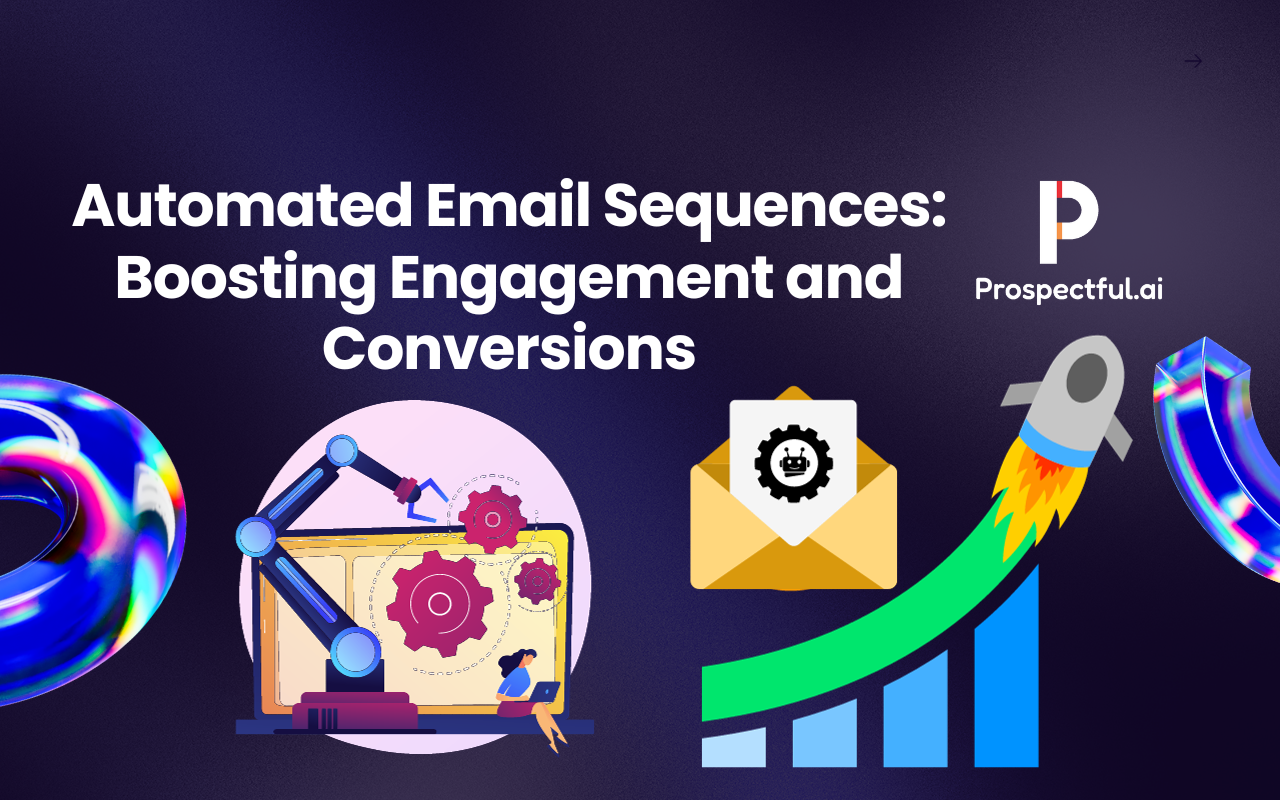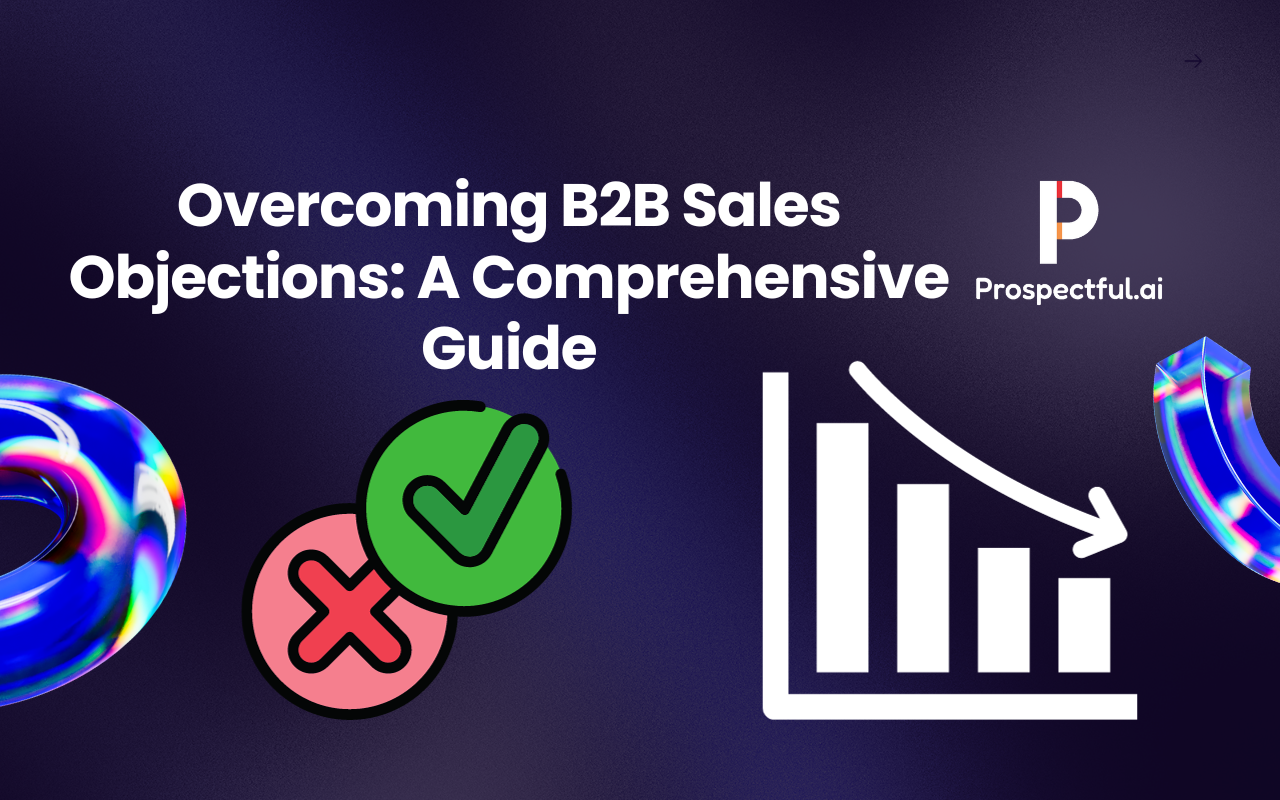In today’s digital age, email marketing remains a vital strategy for businesses looking to connect with their audience and drive conversions.
Automated email sequences stand out as a powerful tool, enabling marketers to deliver targeted, timely, and personalized messages to their subscribers.
But what exactly are automated email sequences, and how can they benefit your business?
In this comprehensive guide, we’ll delve into the ins and outs of automated email sequences, uncovering their potential to transform your email marketing efforts.
Understanding Automated Email Sequences
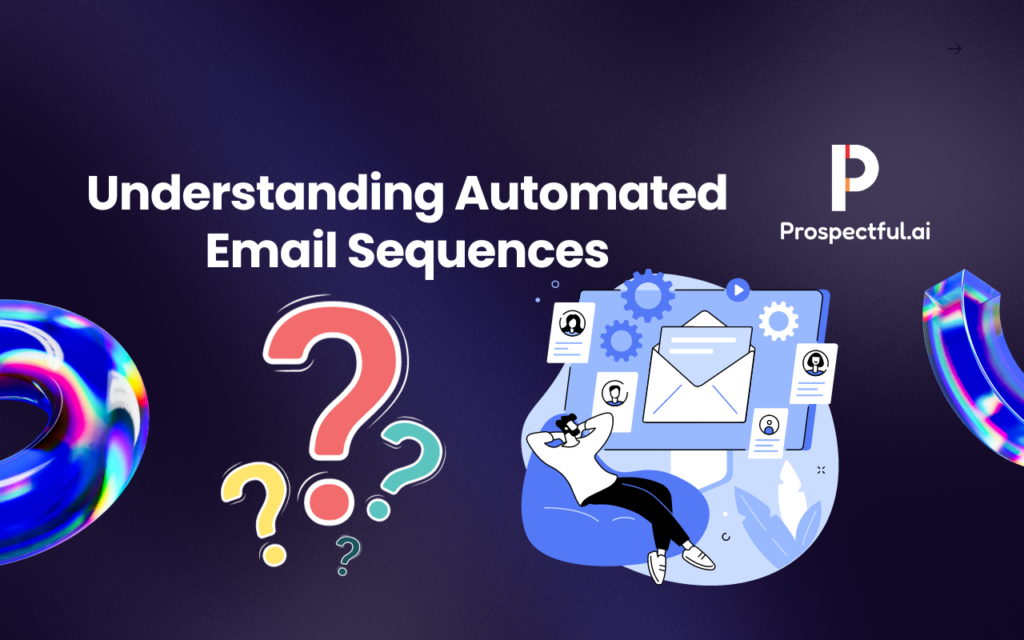
Automated email sequences are a series of pre-written emails that are automatically sent out to your subscribers based on specific triggers or time intervals.
These sequences are designed to nurture leads, build relationships, and guide prospects through the sales funnel, ultimately driving conversions and increasing revenue.
By automating this process, businesses can ensure consistent communication with their audience, saving time and resources while enhancing the overall effectiveness of their email marketing strategy.
The Benefits of Automated Email Sequences

One of the most significant advantages of automated email sequences is their ability to provide personalized and relevant content to your audience.
By segmenting your email list and setting up triggers based on user behavior, you can deliver highly targeted messages that resonate with your subscribers, increasing engagement and fostering a sense of connection.
Additionally, automated email sequences help in nurturing leads, keeping your brand top-of-mind, and guiding prospects through the buyer’s journey, ultimately resulting in higher conversion rates and increased customer loyalty.
Best Practices for Creating Effective Automated Email Sequences
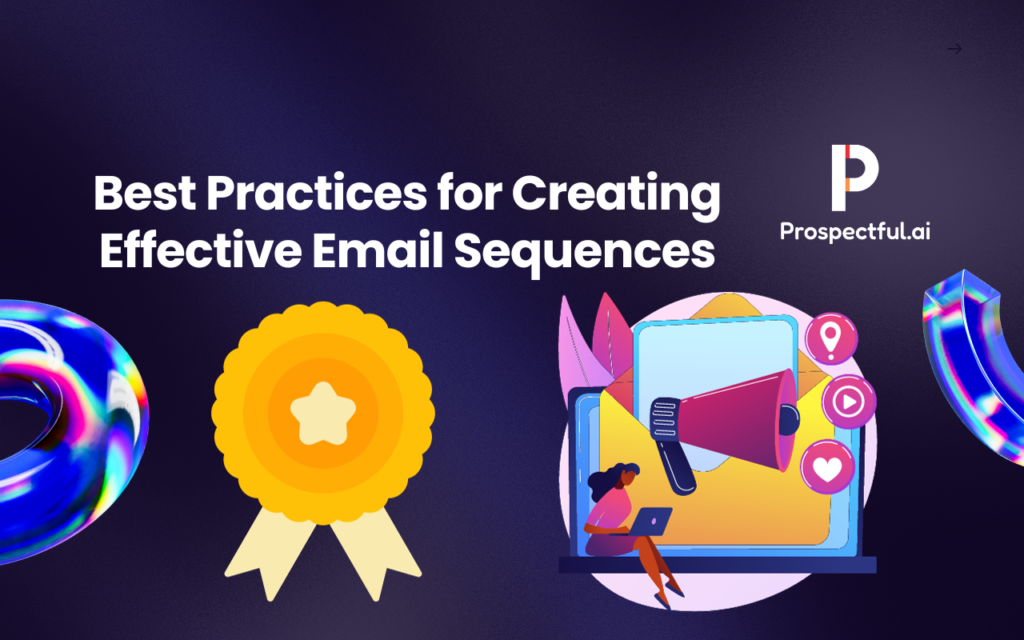
To maximize the impact of your automated email sequences, it’s crucial to follow best practices.
Start by defining clear goals for your sequences, whether it’s increasing product awareness, driving sales, or nurturing leads.
Ensure that your emails are well-written, visually appealing, and mobile-friendly, providing a seamless user experience. Don’t know how to make well-written emails? We made an article on crafting the perfect cold email just for you! Make sure to check it out.
Personalization is key, so make use of the data you have on your subscribers to tailor your messages and create a more relevant and engaging experience.
Finally, continually monitor and analyze the performance of your sequences, making adjustments as necessary to optimize their effectiveness. If you want to read more, here’s a similar topic on why we could use AI to automate email sequences, trust us, it’s a good read.
Common Mistakes to Avoid
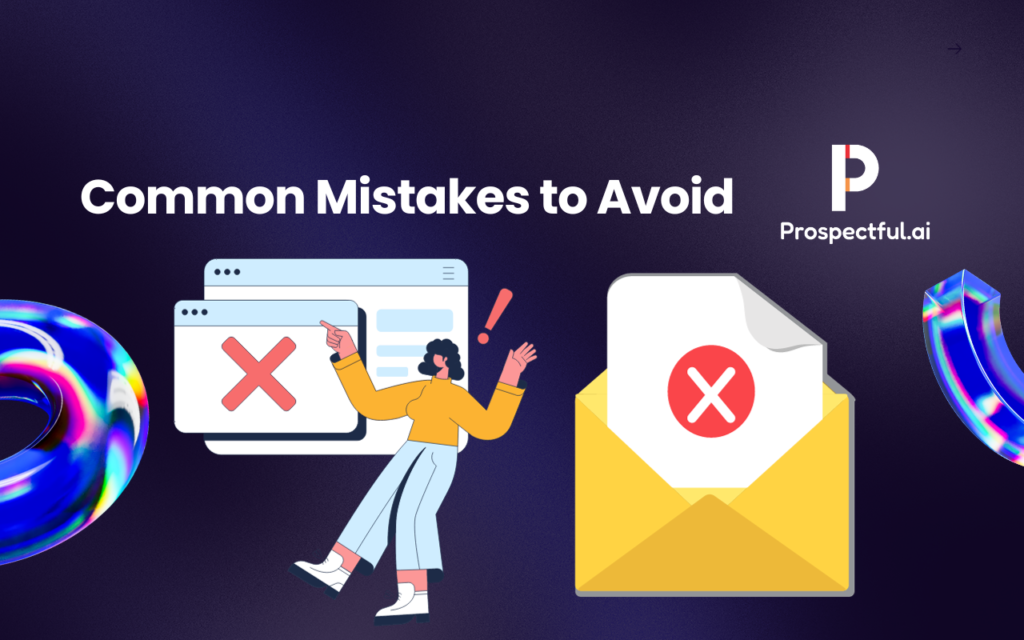
While automated email sequences offer numerous benefits, there are common pitfalls that marketers should be aware of.
Avoid sending too many emails in a short period, as this can lead to subscriber fatigue and increased unsubscribe rates.
Ensure that your content is varied and engaging, preventing monotony and keeping your audience interested.
Additionally, neglecting to segment your email list can result in generic, irrelevant messages that fail to resonate with your subscribers, diminishing the effectiveness of your sequences.
For similar content, we have a resources page you could check out!
FAQ Section – Automated Email Sequences
Q1: What is an automated email sequence?
A1: An automated email sequence is a series of pre-written emails automatically sent to subscribers based on specific triggers or time intervals, designed to nurture leads, build relationships, and drive conversions.
Q2: How do automated email sequences benefit businesses?
A2: Automated email sequences enable businesses to deliver targeted, timely, and personalized messages to their audience, increasing engagement, fostering a sense of connection, and driving higher conversion rates and customer loyalty.
Q3: What are the best practices for creating effective automated email sequences?
A3: Key best practices include defining clear goals, ensuring emails are well-written and mobile-friendly, personalizing messages based on subscriber data, and continually monitoring and optimizing performance.
Q4: Can automated email sequences lead to increased unsubscribe rates?
A4: While automated email sequences have numerous benefits, sending too many emails in a short period can lead to subscriber fatigue and increased unsubscribe rates. It’s important to find a balance and ensure your content remains relevant and engaging.
Q5: How do I optimize the performance of my automated email sequences?
A5: To optimize performance, continually monitor and analyze the results of your sequences, making adjustments based on subscriber behavior and engagement. Additionally, segment your email list to deliver more targeted and relevant content.
Conclusion
Automated email sequences represent a powerful tool in the arsenal of email marketing, providing businesses with the means to connect with their audience on a deeper level, drive engagement, and boost conversions.
By following best practices and avoiding common pitfalls, marketers can leverage automated email sequences to enhance their email marketing efforts, ultimately contributing to the overall success of their business.
Embrace the power of automation and watch your email marketing strategy soar to new heights!
To read more on this topic, you can find our in-depth articles on our resources page, Medium, Substack, and Hackernoon, where we provide further insights and practical tips for implementing AI in lead generation and sales.

